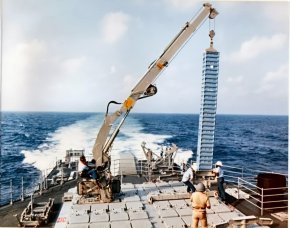I think it’s worth remembering that all three ship classes (CSC, T26, Hunter) are based upon the BAE Systems Global Combat Ship design - Not the Type 26.
The Type 26 is only the first of class based upon that design.
The base design by BAE is essentially for a flexible, large, multirole surface combatant - which has been enhanced with advanced ASW stealth attributes. That’s it.
The Type 26 is only the first of class based upon that design.
The base design by BAE is essentially for a flexible, large, multirole surface combatant - which has been enhanced with advanced ASW stealth attributes. That’s it.
Last edited:

